"Genetics 101"
WAGR syndrome is the result of a deletion of multiple genes located on Chromosome 11. These deleted genes are thought to be responsible for the features and conditions associated with the disorder.
All individuals with WAGR syndrome share a common segment of deleted genes that includes the WT1 (Wilms tumor) gene, and the PAX6 (Aniridia) gene, as well as the genes that lie between these two. This common segment explains why most people with WAGR syndrome have the cardinal features of W-A-G-R.
But many individuals with WAGR syndrome have large deletions that encompass nearby genes as well. In addition, the endpoints of one individual's deletion may begin or end closer or farther away from the centromere (middle) of the chromosome than another person's deletion. These variations in size and position of the deleted segment of genes explain why there is a variety of additional conditions associated with WAGR syndrome, and why different individuals have their own set of WAGR syndrome-related conditions.
Learning about the role of genetics in WAGR syndrome can help parents and others to better understand the diagnosis and conditions associated with this disorder.
Every cell in the human body needs to know how to work and how to grow. These instructions are called DNA (deoxyribonucleic acid). Like letters in the alphabet, DNA is the language that cells use to know what to do.
Every cell in the body needs the right instructions to function normally. If a cell has too much or too little DNA, it will die or grow wrong, which can cause a part of the body to develop abnormally or not work properly.
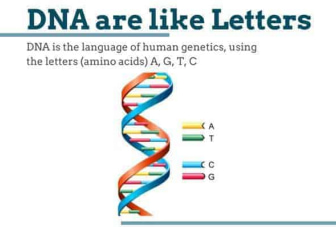
Like a word in a book, a gene is the basic unit of DNA instruction. Each gene has a specific job to do.
Some genes carry the instructions for making building blocks for cells, called proteins, or for turning DNA off or on, or instructions for how to modify other proteins or DNA within a cell.
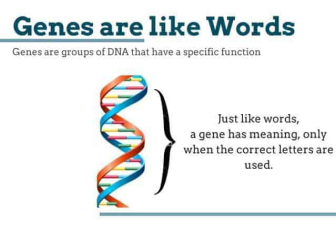
A chromosome is how DNA is stored and transferred from one cell to another. One chromosome contains hundreds or thousands of genes.
Each chromosome is like a book, carrying a specific group of genes. Each chromosome carries a different set of biological instructions. For example, the Y chromosome carries all the instructions for making a boy.
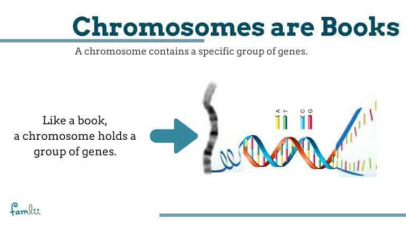
Human DNA is stored on 46 chromosomes, in 23 pairs. For each pair, one chromosome comes from the father, and the other comes from the mother. Twenty two of the pairs are non-sex chromosomes. One pair is sex-related; either XX for female or XY for male.
Every cell in the body needs all 46 chromosomes to live and function normally. If a cell loses a chromosome, it no longer has the instructions necessary to function and grow correctly.
A genome is the collection of all the DNA needed to make a particular living creature. All 46 chromosomes together make the complete human genome.
A simple way to think about genetics: DNA are the letters, genes are the words, and chromosomes are the books. A genome is the entire library.
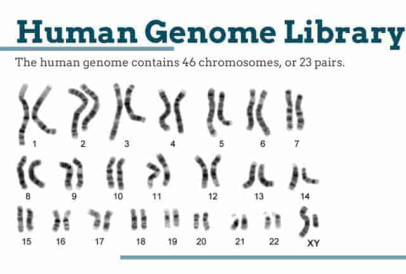
Most adult cells have two sets of chromosomes. But egg cells and sperm cells are different. They each have just one chromosome. Which one they get is random, making each egg or sperm cell unique. When an egg cell from a mother and a sperm cell from a father combine, they create a single cell. This new cell now has two sets of chromosomes--one from the mother and one from the father. This new cell will divide over and over, becoming the body of a developing child.
If you have siblings, the same events created them. But because the egg and sperm production processes are random, your siblings didn't get the same set of chromosomes from each of your parents that you did (unless you are an identical twin).
Any alteration in the DNA is called a "mutation." Genetic mutations happen frequently in all living organisms. Some mutations are beneficial, some neutral, and some are harmful.
"Large-scale" genetic mutations involve changes in the structure of one or more chromosomes, and may affect many genes at once. There are different types of large-scale mutations, including deletions, insertions, duplications, and translocations.
WAGR syndrome is an example of a large-scale mutation. It most often involves a deletion of multiple genes located on the short arm of Chromosome 11.
"Small-scale" genetic mutations involve a single gene. These mutations alter one or a few of the "letters" of a gene, causing it to malfunction. There are different types of small-scale mutations, including missense, nonsense, insertion, deletion, and splicing mutations. Aniridia (either the familial/inherited type, or sporadic/non-inherited type) is an example of a small scale mutation in the PAX6 gene.
The total number of genes deleted varies from one person with WAGR syndrome to another. The range appears to be from 1 million to 26.5 million base pairs, with an average size of about 11 million base pairs.
Overall, larger size deletions are associated with a higher risk for delayed development and more significant intellectual disability. It should be noted that for individuals, deletion size does not predict development or intellectual ability.
The function of many of the genes deleted in WAGR syndrome is unknown. However, some of the genes frequently deleted in this disorder are associated with harmful effects.
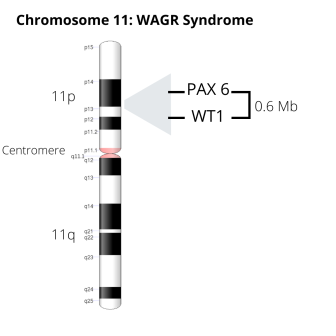
These genes include:
There are many other genes located within or near the area of the WAGR syndrome deletion. It is likely that these genes are responsible for the other conditions associated with WAGR syndrome.
More research is needed to learn about the function of these genes, and how they may affect people with WAGR syndrome.
It is important to know a person's specific genetic deletions because this information helps to guide clinical care. For example, if a physician knows that the EXT2 gene is deleted in an individual with WAGR syndrome, then monitoring for bone tumors with exams and X-rays can be initiated.
If a physician knows that the BDNF gene is deleted, nutritional counseling for weight management can be provided during infancy before obesity occurs and attention can focused on monitoring growth to help prevent excessive weight gain. Also, knowing that the BDNF gene is deleted may alert physicians to be more cautious when the child complains of pain because having a higher pain threshold could mean that very serious illnesses, like pancreatitis, could manifest with milder symptoms.
However, there can be some downsides to knowing which specific gene deletions a patient has. The function of many genes is still unknown, so knowing that a particular gene is deleted but not knowing whether this is harmful can lead to worry about unknown possibilities. Also, even if the functions of certain genes are known, identifying the deletion may not help prevent disease because treatments are unknown.
There are also cases when none of the symptoms associated with the deleted gene are present in the individual yet and it is possible they may never show up. Knowing about the risk can cause worry and extra testing.
Families should discuss these issues with their doctor or a genetic counselor prior to genetic testing as well as after receiving testing results.
Yes, a person with WAGR syndrome could potentially pass this disorder on to their children. However, there are no known cases of a person with WAGR syndrome having offspring. The reasons for this may be related to the high incidence of intellectual disability and/or genital abnormalities in people with WAGR syndrome or to other unknown factors.
Genetic testing is a DNA-based lab test used for diagnosing genetic disorders. Most genetic tests require a blood draw, typically less than a tablespoon of blood. Different types of genetic tests can be performed to characterize the deletions associated with WAGR syndrome, including:
Sign up for News & Events
COPYRIGHT© 2025 IWSA / International WAGR Syndrome Association
